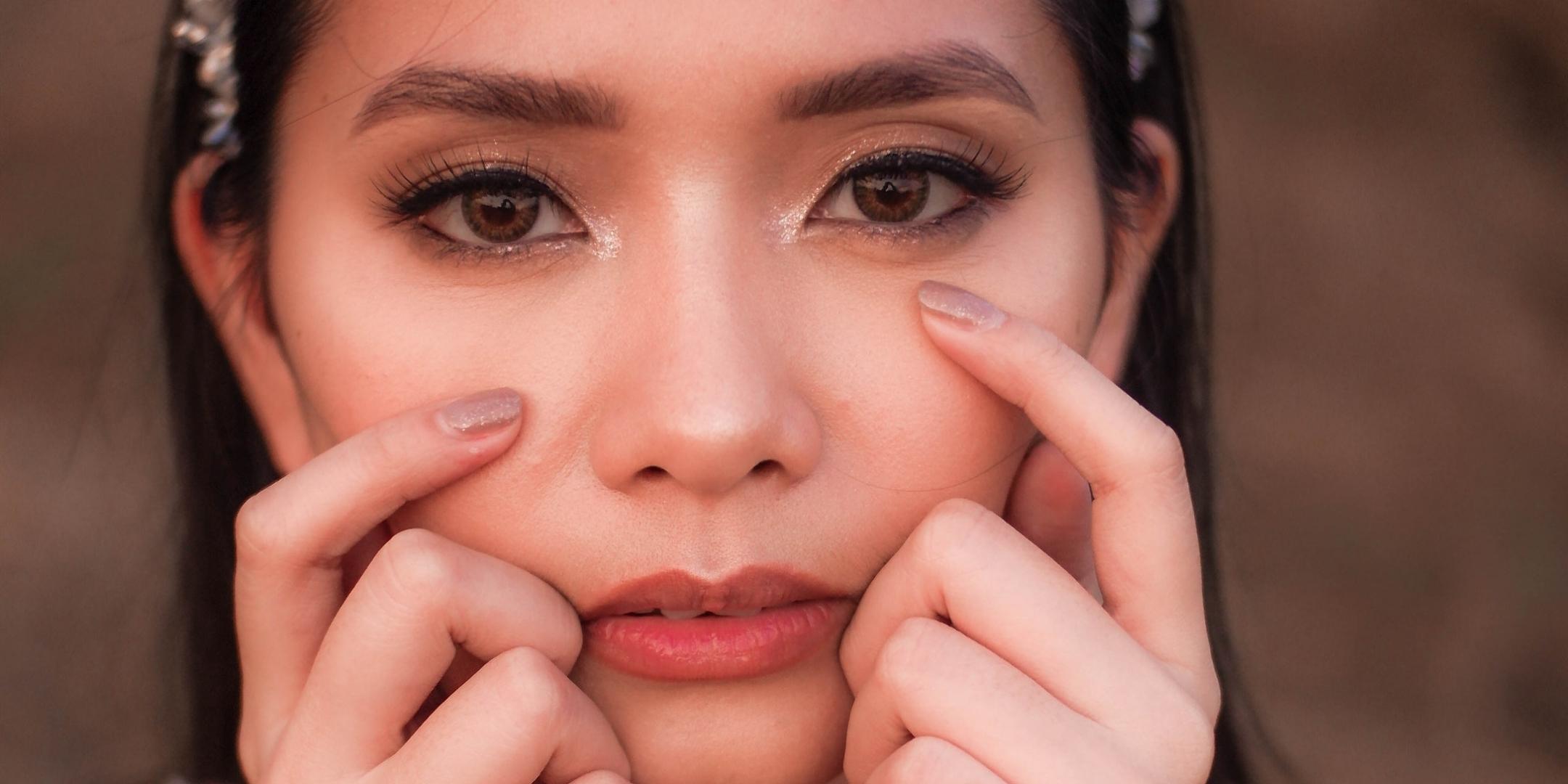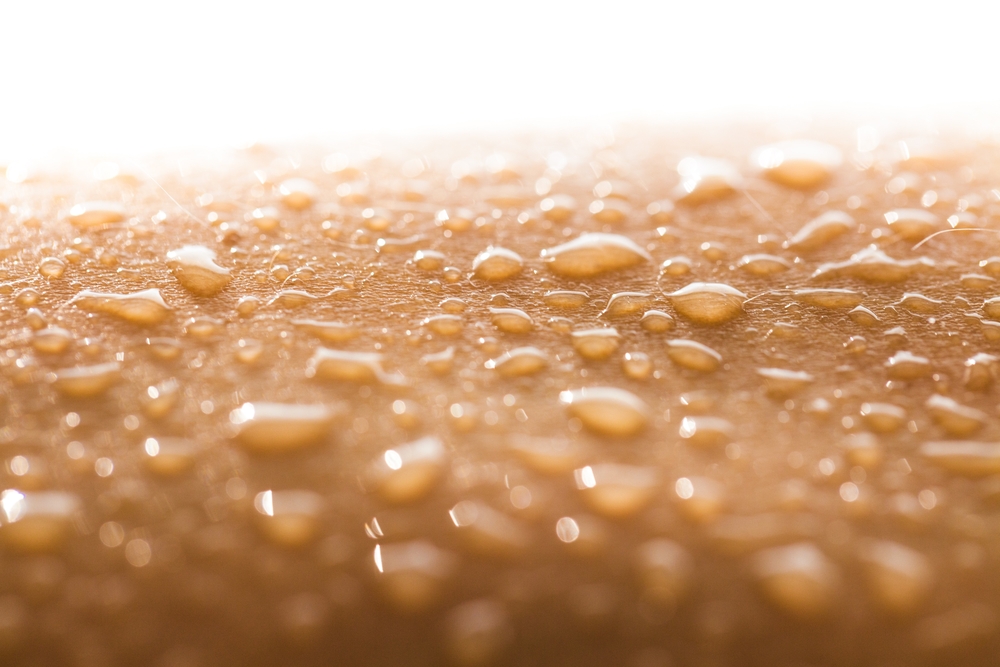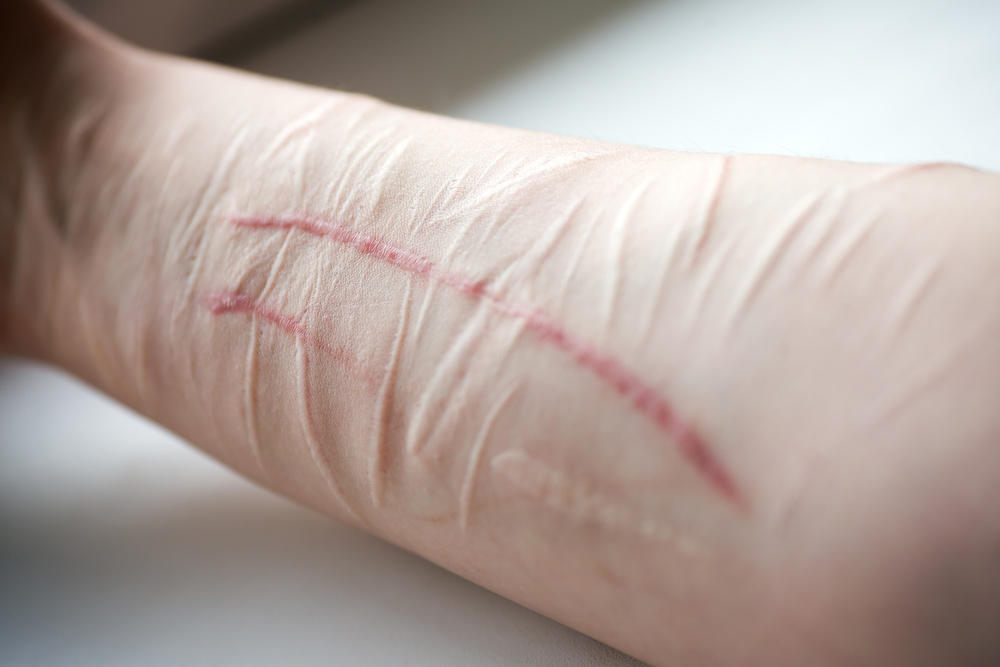Smoking is a tough addiction to break.
It’s hard to resist the daily temptations of cigarettes and all the ways people find to smoke, from cigars to chewing tobacco. If you’re thinking about quitting smoking, just do it!
Quitting smoking has an immediate effect on your skin. With improved blood flow to your skin, you can notice significant improvements in the appearance (surface) of your skin.
The effects of smoking are not only aesthetic (physical) but also mental and emotional. Smoking cessation can be difficult, but it’s worth it to live a healthier life.
Effects Of Smoking On The Skin
It’s a well-known fact that smoking causes damage to the internal organs in the body. Most people aren’t aware of the damages caused to the skin due to smoking. Smoking can also worsen existing skin conditions.
Smoking produces free radicals that are induced by the toxins in cigarette smoke. It contributes to oxidative stress (limits the amount of oxygen the skin receives), causing temporary and permanent damage to the skin. Free radicals also increase the chances of gum disease, oral cancer, and hair loss.
Damaging effects of smoking include:
Premature Aging and Wrinkles
Wrinkles may be noticeable on a smoker’s face between the eyebrows, around the eyes, mouth, and lips. Smoking also causes sagging and droopy skin under the eyes, around the jawline, upper arms, breasts in case of women smokers, etc. The tiny vertical lines visible around the upper and lower lips eventually become permanent wrinkles.
The toxins affect the production of collagen and elastin (fibrous components of the skin) that hold the skin firm and supple. The skin loses its elasticity and turns hard over time, contributing to premature aging and deeper wrinkles. The constriction of the blood vessels also makes a smoker appear older.
Skin Pigmentation
Smoking constricts the smallest blood vessels, which limits the oxygen supply to the skin. It leads to increased melanin in the skin leading to dark spots or uneven skin tone on the face. Smokers generally have a pallid face or a grayish complexion.
Smoking for a longer duration can leave stains on the fingers where the cigarettes are held. Due to the toxins and nicotine present in the cigarettes, a yellowish discoloration of the skin occurs. It is also known as tear-stained fingers.
Poor Wound Healing
Smokers usually come across difficulties with wound healing, even with minor abrasions or cuts. Because of the impaired ability to circulate blood due to vascular constriction, wound healing takes longer. Smoking through the wound healing process may contribute to scarring.
Typically, patients are asked to quit smoking before any surgical procedure because of the delayed healing caused by the toxins. Smoking slows down the production of new blood vessels in the wound and the transmission of keratinocytes. There is also an increased risk of gangrene, wound infection, flap failure, etc.
Skin Cancer
Smokers are at higher risk of developing squamous cell carcinoma (SCC), a type of skin cancer that occurs in the outermost layer of the skin. Early-stage SCC can be easily treated but can spread to other body parts and can be life-threatening.
Smokers also develop wart-related cancers, oral leukoplakia, oral cancer, and lip cancer. Smoking cessation can reduce the risk of cancer spreading to other parts by two to three times.
Psoriasis
Smoking increases the risk for developing psoriasis, a chronic inflammatory skin condition characterized by dry red patches with scales. Nicotine weakens the immune system, causes skin inflammation, and negatively impacts the growth of skin cells.
People who smoke continuously are at higher risk for developing psoriasis and recurrent inflammatory disorder, palmoplantar pustulosis (formation of painful blisters on hands and feet).
Vasculitis
Blood vessels become constricted and inflamed due to the nicotine and other toxins, making it arduous to transmit blood to the heart and other organs. This type of vasculitis is referred to as thromboangiitis obliterans or Buerger’s disease.
Smokers with Buerger’s disease often have symptoms of bluish fingers or toes, painful sores on the fingers or toes, tissue damage, or gangrene. They may also feel cold hands or feet, soreness in the hands, legs, ankles, or feet.
Unfortunately, there isn’t any cure for Buerger’s disease, but it can be controlled with medication or surgery.
Worsening of Existing Skin Conditions
Smoking can worsen the symptoms of existing skin conditions such as systemic lupus erythematosus (autoimmune disease), vascular skin conditions (rosacea), oral conditions (cold sores), and Hidradenitis suppurativa.
You may find it arduous to resist the daily temptations of cigarettes, but quitting will make your body feel better and benefit your overall health.
Visible Benefits of Quitting Smoking
Smoking cessation generally improves overall health and positively impacts your appearance. The skin starts to repair itself once you quit smoking. Some of the benefits are largely visible within a few months, including skin tone to healthier-looking skin.
Smooth, Tighter, and Brighter Skin
Nicotine reduces blood flow and prevents oxygen from reaching the deeper layer of your skin. It also affects the production of collagen and elastin, thus making the skin look dry and flakey.
Smoking cessation increases blood flow and decreases carbon monoxide levels. Collagen and elastin production normalizes improving skin elasticity and contributing to healthier, brighter, and smoother skin. The skin will visibly improve within a few weeks of smoking cessation as oxygen, antioxidants, and new skin cell production return normal.
Slow Aging Process
Smoking deprives the skin of nutrients and vitamins needed for collagen production. Collagen prevents skin from wrinkling and sagging. Lack of collagen production will speed up the aging process and increase wrinkles.
Smoking cessation normalizes vitamin C and collagen production within a few months. With improved circulation and oxygen level, the skin coloration and a healthy glow return. Shallow wrinkles may repair themselves.
Healthy Skin Coloration
Smoking causes constriction of small blood vessels and limits the oxygen supply the skin requires, causing the skin to become a pale, grey complexion.
Smoking cessation allows for improved circulation and oxygen transmission into deep layers of the skin, making room for quick repair. The skin regains its normal color once everything normalizes.
Prevention Of Further Damage
Smoking causes damage to the internal organs and skin. Smokers often purse their lips, hollow their cheeks, and crinkle their eyes. This repetitive action leads to the formation of wrinkles. Because of a deficiency of nutrients and oxygen, the skin cannot build collagen, repair cells, and prevent future damage.
Early smoking cessation can help repair and treat the wrinkles, while waiting too long can make the wrinkles static and more difficult to treat.
Skin Recovery After Quitting Smoking
Positive impacts of smoking cessation differ from person to person, and many people will notice their skin improve quickly. You may notice dramatic improvements in skin tone and texture with a reduction in lines, wrinkles, and unwanted skin sagging.
Here is the timeline on how quickly the skin can bounce back after smoking cessation:
- 2-3 Days After Quitting: Visible change in skin color and noticeable improvement in overall tone
- 1 Week After Quitting: Increase in the oxygen and antioxidant levels make the skin complexion appear more vibrant.
- 1 Month After Quitting: Recovery of blood circulation and restoration of nutrients and oxygen into the skin. Boosts skin cell production and provides a healthy appearing skin.
- 6 Months After Quitting: Notice reduction in fine lines, wrinkles, and dark spots/pigmentation.
- 1 Year After Quitting: Most smokers attain a pre-smoking state and look years younger.
Following a healthy lifestyle and adopting a sound skin care regimen will help repair and rejuvenate your skin after quitting smoking.
Consulting a dermatologist can help you assess your skin’s unique needs. They may recommend certain procedures, such as chemical peeling, radiofrequency, or laser treatments to help repair skin damage from long-term smoking.
Wrapping Up
Smoking cessation can be an overwhelming challenge, but following through with the quit plan is the only best choice you can make for yourself and the people around you.
You can learn about the signs of stimulant abuse here and if you or anyone you know is trying to quit smoking, a nicotine drug test can help keep you on track. Quitting smoking will have a positive effect on your health and well-being as well as on others.
Focusing on a healthy lifestyle, a healthy diet, and a good skincare routine can go a long way









